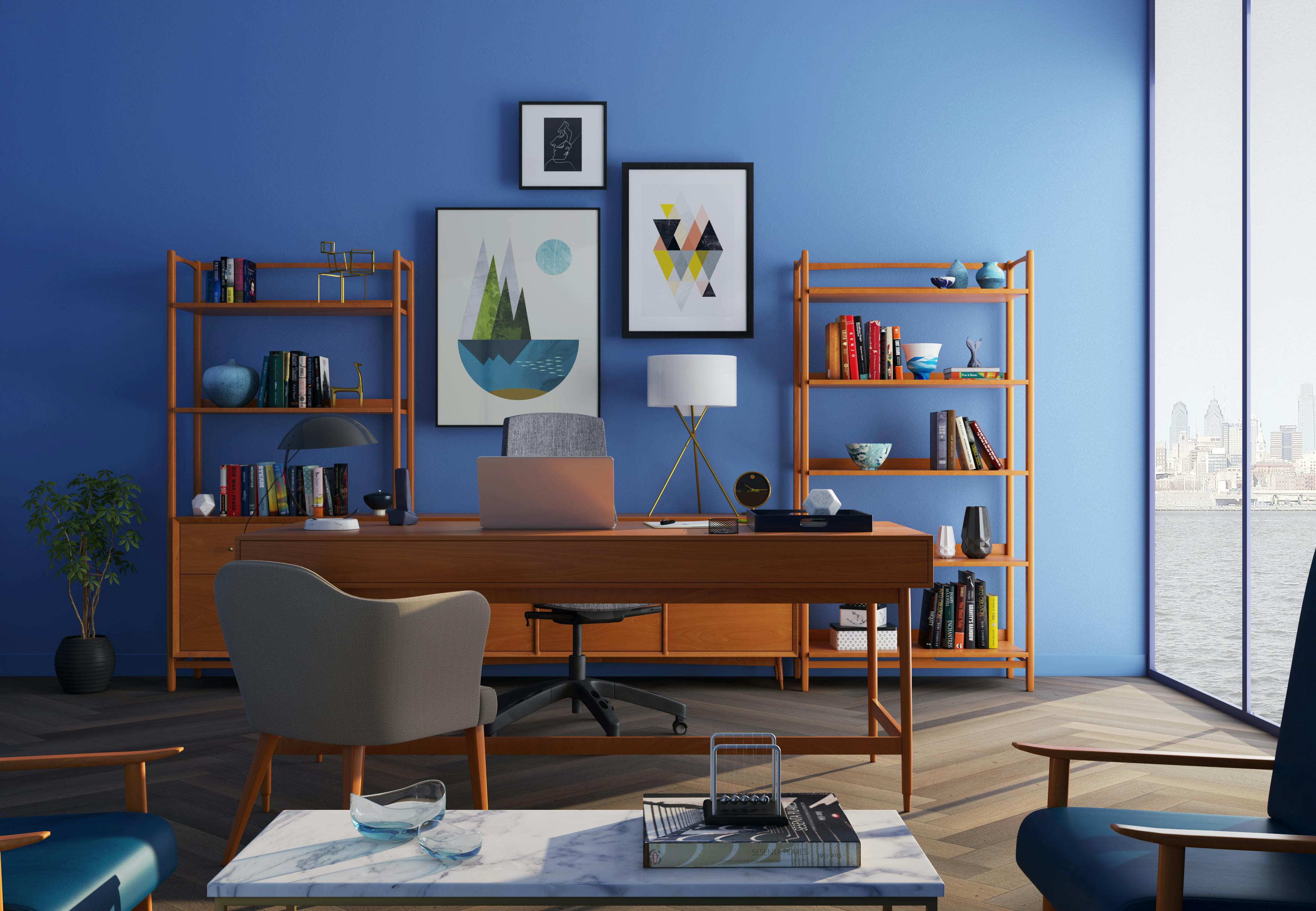
How to Organize Your Home Office for Maximum Productivity
Cluttered desks and messy cables often make it difficult to get started each morning. Keeping your workspace neat helps you concentrate and eases tension throughout the day. When you organize your environment to fit your personal work habits, you gain a stronger sense of control and can accomplish more with less frustration. A tidy area allows you to find what you need quickly, prevents distractions, and creates a more positive atmosphere for taking on daily tasks. By making thoughtful changes to your workspace, you set yourself up for a more productive and satisfying work experience from the moment you sit down.
This guide breaks down each step of setting up, arranging, and maintaining a peak performance workspace. You’ll find research-backed tips, real-world examples, and quick wins to transform your environment from cluttered to crisp.
Assess Your Current Setup
Start by taking a good look at your workspace. Note what feels awkward or slows you down. Pay attention to how you reach for items, how your chair supports you, and where light hits your screen.
- Ergonomics: Check whether your monitor sits at eye level, your keyboard supports neutral wrist posture, and your chair offers lumbar support.
- Lighting: Measure illumination around your desk. Aim for 500 lux at the work surface to cut eye strain and maintain alertness.
- Layout: Observe your reach zone. Keep the most-used items within 18 inches to minimize wasted motion.
Jot down scores or notes for each point. A quick evaluation highlights problem spots and helps you plan targeted fixes.
Designing Your Ideal Layout
Partition your workspace into zones that match daily tasks. A clear separation boosts mental clarity and prevents blending activities like work and breaks.
- Work Zone: Center your computer, note pad, and writing tools within arm’s reach.
- Storage Zone: Place files, reference books, and extra supplies on a nearby shelf or drawer.
- Break Zone: Reserve a small corner for quick stretches or a cup of coffee to unwind between tasks.
Arrange these zones in a way that matches your natural workflow. If you switch often between digital and paper work, locate a flat surface next to your monitor for seamless transitions.
Storage Solutions and Decluttering Strategies
Clutter steals time. Less mess means less time hunting for documents or tools. Sort items into three piles: keep, stash, and toss.
Implement smart containers and labeling. Swap bulky file boxes for slim, stackable IKEA drawer units. Store current projects in desk organizers and archive old papers in clearly labeled bins. Good storage setups encourage you to put items back immediately.
Replace “home office organization” with a proven system to find items in seconds. A single link can guide you through advanced methods that boost daily focus.
Optimizing Workflow and Daily Routines
Map key tasks to specific times of day. Most people reach peak focus in the morning, so schedule high-cognitive work in that window. Reserve repetitive or low-attention duties for the afternoon.
Use techniques like the Pomodoro Method: work for 25 minutes, then break for five. Short sprints prevent burnout and keep energy levels stable. Track progress in a simple app or a paper timer to maintain momentum.
Batch similar tasks together. Answering emails, making calls, or drafting reports back-to-back reduces context switching and saves mental energy.
Technology and Tools for Efficiency
Invest in a quality monitor and a comfortable keyboard. Dual screens can boost productivity by up to 30%, according to various studies. A split ergonomic keyboard cuts wrist strain and speeds up typing for heavy writers.
Leverage tools like Evernote or Notion for note-taking and project tracking. Use Slack or Microsoft Teams for quick team chats instead of long email threads. Automate repetitive tasks with simple scripts or services such as Zapier.
Regularly update software and clean hardware. Running outdated versions or working with dusty vents can slow you down and cause unexpected glitches.
Wireless chargers, cable clips, and a docking station keep your devices powered and wires out of sight. A clear desk reflects a clear mind.
Setting up a productivity dashboard on your screen—calendar, task list, and project board in view—gives you real-time status and cuts time wasted flipping between windows.
Organize your space by assessing your setup, zoning areas, streamlining storage, and selecting the right tools. Begin with small changes and adjust as needed to improve efficiency and reduce stress.